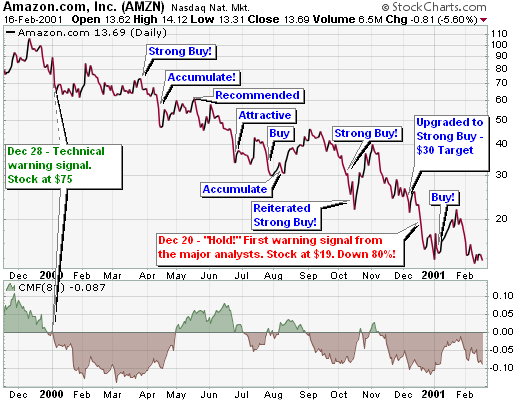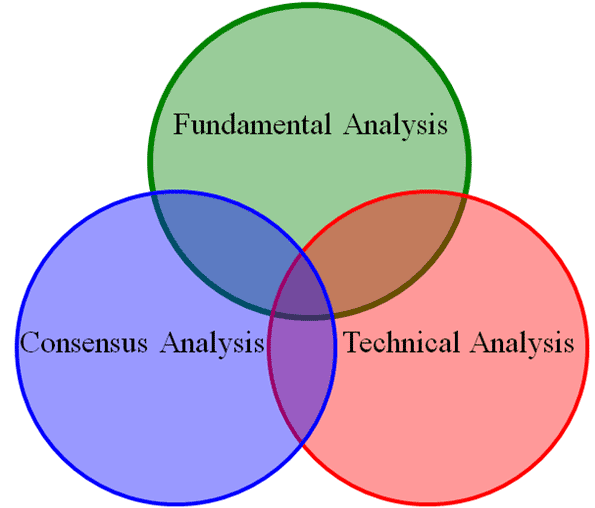Fundamental Analysis
Post on: 7 Май, 2015 No Comment

Many traders utilise Fundamental Analysis on the strengths and weaknesses of a particular market to assess whether it may appreciate or depreciate in the future.
You can access multiple tools and resources to fundamentally analyse thousands of spread betting markets via our Advantage Web trading platform .
What is Fundamental Analysis? 
Unlike Technical Analysis, which looks purely at price action and trends, Fundamental Analysis takes on a much more rigorous assessment of an asset, such as a stock, currency or commodity. 
Looking particularly at the forex markets, for instance, fundamental analysts look at key elements that are likely to have a bearing on the strength or weakness of a particular currency such as economic data, political factors and even the impact of natural disasters. 
For example, in property investments, some may buy a house on expectations that as the house is placed within a growth area, its price should rise in value. A fundamental analyst, however, would look at its foundations, insulation, history, the surrounding schools and any scope for improvements before deciding to invest.
Similarly, when trading the financial markets, fundamental analysts utilise all pieces of available data to help them to gauge the strength of a particular asset such as a share or currency. For example, fundamental analysts pay particular attention to the release of key economic data and reports such as unemployment and GDP data, interest rate announcements, production data etc to determine the future direction of a currency’s price movement whilst shares traders would look at earnings reports. 
Key Factors of Fundamental Analysis 
Company Earnings
Company earnings form a crucial part of fundamentally analysing a share price and whether its current prices are undervalued or overvalued. Fundamental analysts also look for guidance from earnings reports on profit projections whilst also looking at key contributing elements to the bottom line. They utilise this information to ascertain whether a company may outperform or underperform future earnings. 
Natural Disasters 
Natural disasters such as flooding, hurricanes and tsunamis can have a major impact on the fundamental strength and weakness of an asset. For example, the 2010 tsunami in Japan had a debilitating impact on the region’s manufacturing sector, causing significant disruption to the production of mobile technology and automakers. At the same time, the tsunami also increased expensive insurance claims which weighed on the balance sheets of major insurance firms. 
Economic Growth and Output
Key indicator:  Gross Domestic Product (GDP) calculates the sum of goods and services produced within the country. It is one of the most important indicators of economic growth and output, thus telling us about the economic strength and performance of the country, its stock index – such as the FTSE 100 – and its currency. 
Inflation
Key indicator 1:  Consumer Price Index (CPI) measures the change of the average price of goods and services paid by consumers. It is a major indicator adopted by the government for its inflation target. It has a significant impact on setting interest rates. 
Key indicator 2:  Producer Price Index (PPI) measures the changes in the price of goods and services at the producer’s level. 

Interest Rates 
Interest rates have a direct impact on currency rates. The demand on the currency with a higher yielding interest rate is often greater than the one with a comparatively lower interest rate. Interest rates also have a major impact on consumer spending, with low interest rates likely to increase spending habits and reduce the amount of money reserved as savings, which will earn a low rate of interest as a consequence. 
International Trade
As the demand for goods and services from a particular country increases, demand for the country’s currency also goes up. Thus, the value of the currency will appreciate. 
Political Situation 
Political crisis and uncertainty in a country often have a negative impact on the demand for assets such as indices and currencies. When a country is politically unstable, investor confidence in its economy also decreases. 
Fiscal Policies
Fiscal policies such as budget planning, government spending and taxation encourage or discourage productivity and spending in the economy, thus having a major impact on the markets. 
Monetary Policy
The monetary policy adopted by Central Banks has a huge influence on near term demand for assets such as shares, indices and currencies. If, for example, the Bank of England adopts a hawkish monetary policy, this indicates that interest rates are set to rise and may increase demand for pound sterling, which could appreciate as a result, whilst at the same time decreasing demand for certain shares.














